A few years ago, nightfall meant silence in much of rural Kenya. Shops closed at sunset, children studied under kerosene lamps, and clinics shut their doors once the sun went down. Today, that picture is changing fast.
In many villages, light now stays on long after dark; a sign that electricity is quietly transforming lives across the country.
This Mashujaa Day, Kenya’s story of progress is not being told through political speeches or grand projects, but through small, steady changes powered by access to electricity. From Kitui to Kirinyaga, families, schools, and small businesses are seeing what it means to move from darkness to dignity.
The Power Shift
Kenya’s electricity access has expanded rapidly over the past three years. Between 2022 and 2025, more than 1.3 million households have been connected to the grid, bringing power to over 10 million people.
Read More
Of these, 360,909 households were linked directly through the Last Mile Electricity Connectivity Project, a government initiative targeting rural and low-income areas.
The next phase, projected between 2025 and 2027, aims to reach another 1.18 million households, making this period one of the fastest in Kenya’s electrification history.
The numbers tell a story of inclusion: where electricity once mirrored inequality, favouring cities over villages, today, light reaches from Turkana’s dry plains to Taita’s hills, Nyeri’s farms to Marsabit’s settlements. Electricity is no longer a luxury; it is fast becoming a shared right.

A Network Built on Partnerships
Behind Kenya’s energy progress lies a web of partnerships and investment. The Government of Kenya, through Kenya Power, REREC, and KenGen, has worked hand-in-hand with international partners, including the AFD, EU, EIB, JICA, and the African Development Bank.
These collaborations have not only expanded access but also improved reliability and efficiency across regions. One county that captures this progress is Kitui, where 15,966 households have been connected to power between 2022 and 2024.
The investment there totals KES 2.19 billion, drawn from several sources: KES 1.17 billion from the AFD/EU partnership through KPLC, KES 1.1 billion from the Government via REREC, and KES 20.9 million from KPLC’s internal allocations.
The impact is visible. Markets in Kitui now stay open after sunset. Tailors, welders, and barbers run their businesses longer. Youths operate cybercafés, milk coolers, and salons; ventures that would not exist without power.
About two-thirds of Kitui’s schools and community facilities, roughly 66%, are now connected to electricity. Vaccines stay cold, maternity wards are open at night, and students can study without worrying about lamps burning out.
Energy at the Heart of Economic Life
The effect of electricity on small and medium enterprises has been remarkable. For many families, connection has meant more than convenience; it has meant income. With electricity, a single welding machine or hairdryer can sustain a livelihood.
In farming communities, access to power supports irrigation, cold storage, and milk preservation. These small but crucial changes are what make Kenya’s Bottom-Up Economic Transformation Agenda (BETA) visible at ground level.

Development is no longer just about urban growth; it is about lighting up opportunity in every ward and village.
Farther north, the slopes of Mount Kenya are glowing in a new way. Over the past three years, the region has attracted KES 7.3 billion in investments aimed at expanding electricity access.
The funding includes KES 3.78 billion from the AFD/EU/EIB partnership, KES 523.9 million through JICA–KPLC, and KES 2.99 billion from the Government of Kenya via REREC.
The results are impressive: 88,354 households across nine counties; Embu, Meru, Nyeri, Kirinyaga, Murang’a, Laikipia, Nyandarua, Tharaka Nithi, and Kiambu have been connected.
In Meru, the largest beneficiary, more than 26,000 households have been linked through investments worth KES 1.96 billion. Nyandarua follows closely, with KES 1.26 billion invested in new connections. Counties like Murang’a, Nyeri, and Kirinyaga have also seen major growth in access for both homes and public institutions.
Electricity has become central to productivity in this region. From tea factories in Nyeri to coffee co-operatives in Kirinyaga and flower farms in Laikipia, power keeps operations running longer and more efficiently.
In Murang’a, towns once quiet after dusk now thrive under streetlights that have reduced petty crime and boosted small business activity.
Strengthening the Grid
Expanding access alone isn’t enough; Kenya has also been working to make its power supply more stable. In the past three years, the country has reduced the frequency and duration of blackouts, thanks to infrastructure upgrades and targeted reforms.
New generation and transmission projects, such as the Gogo Generation Plant and the Odino–Muhoroni line, have improved reliability in South Nyanza.
Nationally, both the System Average Interruption Frequency Index (SAIFI) and System Average Interruption Duration Index (SAIDI) have dropped, while restoration times have improved.
The result: fewer power cuts, faster recovery, and a grid now ranked among the most stable in Sub-Saharan Africa.
For homes, this means light that stays on; for businesses, it means the confidence to plan and grow.
Towards a Greener Future
Kenya’s energy expansion has gone hand in hand with sustainability. Over 90% of the country’s electricity now comes from renewable sources; a mix of hydro, geothermal, solar, and wind. This makes Kenya one of Africa’s clean energy leaders and shields the country from global fuel shocks.

The upcoming KES 4.07 billion AfDB Phase 3 project will extend this progress by connecting more schools, health centres, and small industries, particularly in underserved areas. As Kenya grows its renewable capacity and invests in smart grids, the focus is shifting from access to reliability and affordability, ensuring that electricity remains both clean and inclusive.
Electricity has quietly become one of Kenya’s strongest equalising forces. It narrows the gap between rural and urban areas, men and women, and formal and informal work. Each connection is more than a wire; it represents dignity, productivity, and safety.
From Kitui’s markets to Meru’s farms and Marsabit’s schools, light has changed the rhythm of life. Children study longer, traders earn more, and families feel safer.
As Kenya celebrates Mashujaa Day 2025, the country’s heroes are not only those in history books, but also those building this brighter chapter: the engineers stringing lines through valleys, the technicians restoring power after storms, and the communities embracing a new way of life.
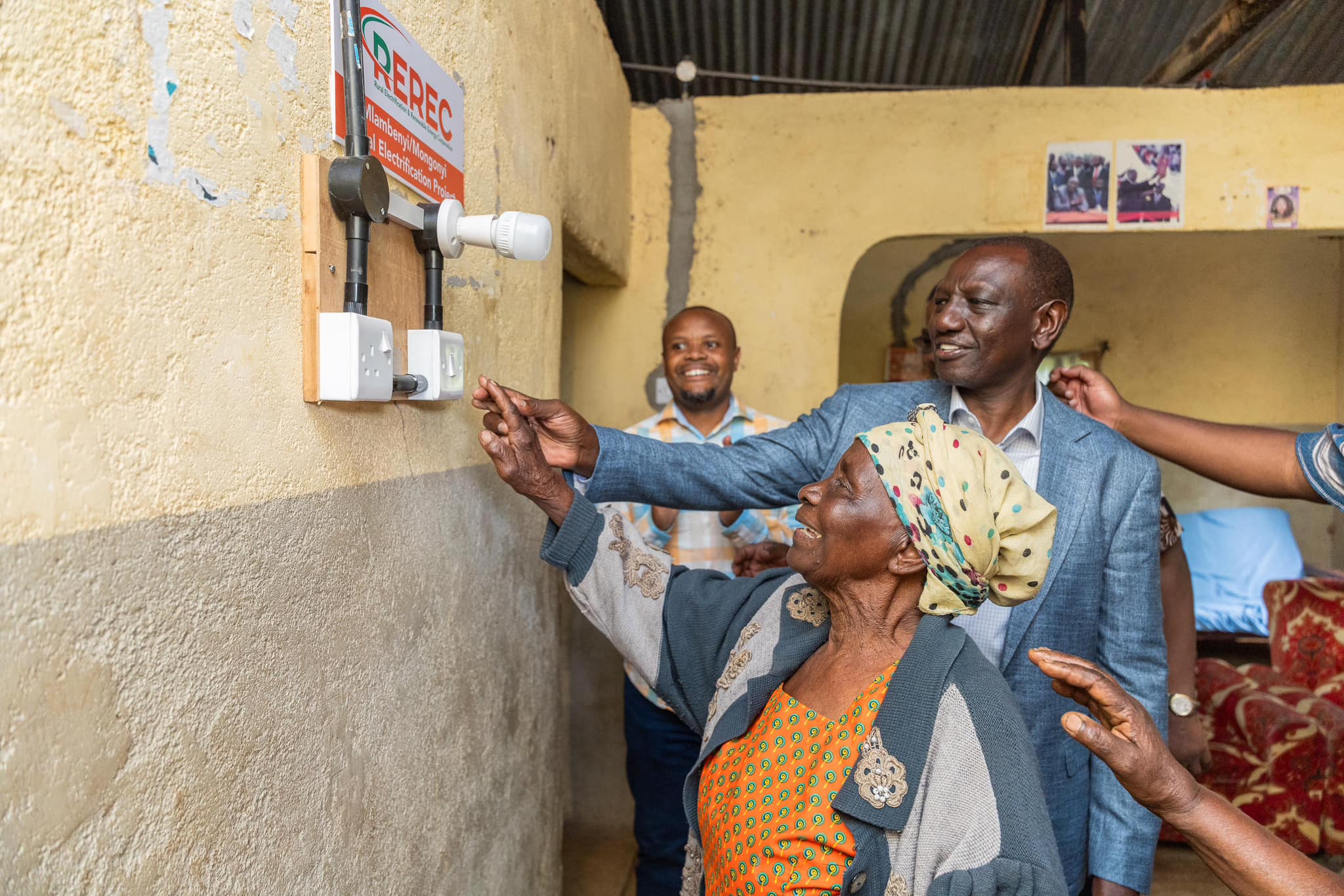

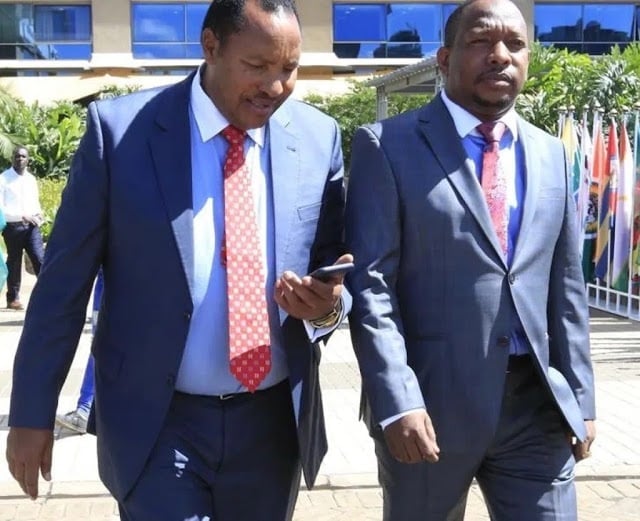
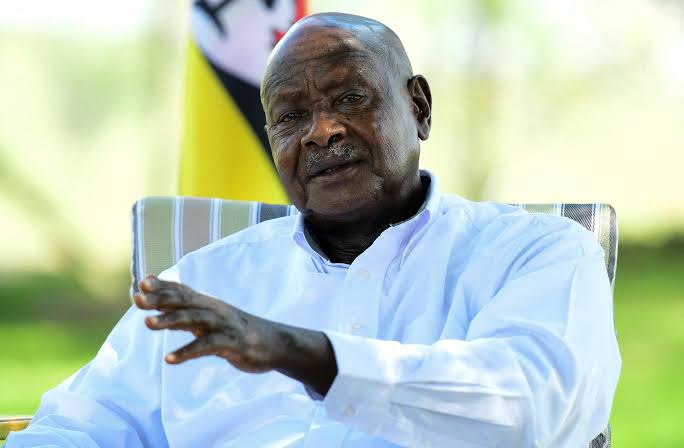


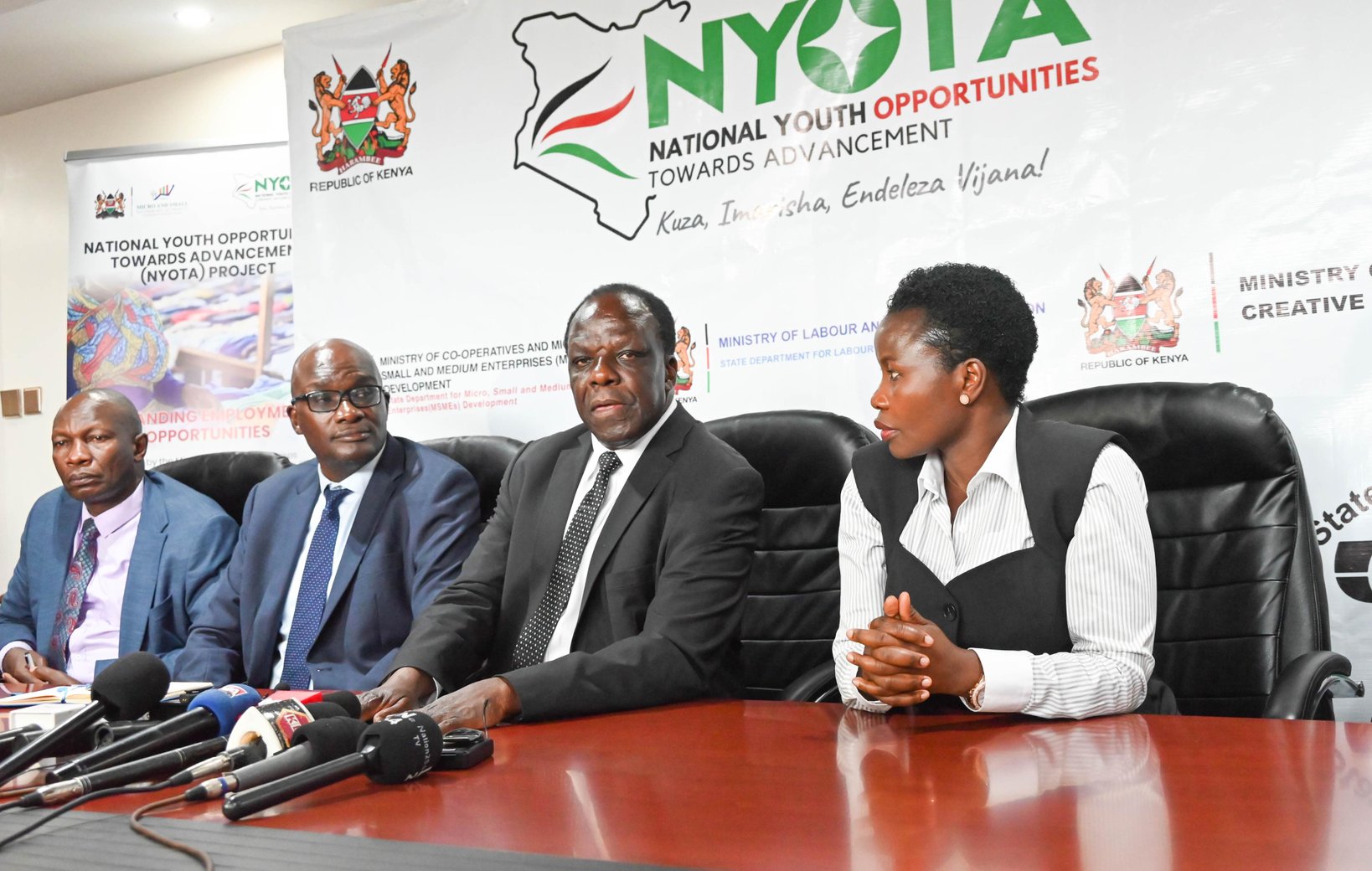
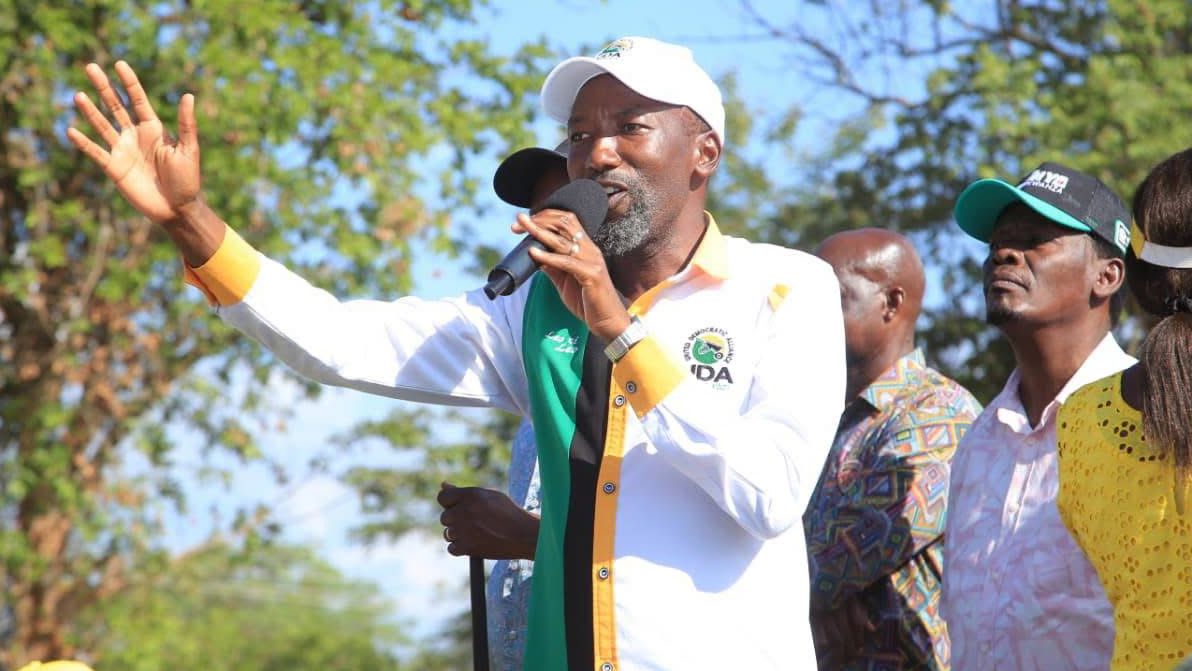

-1761048390.jpg)

